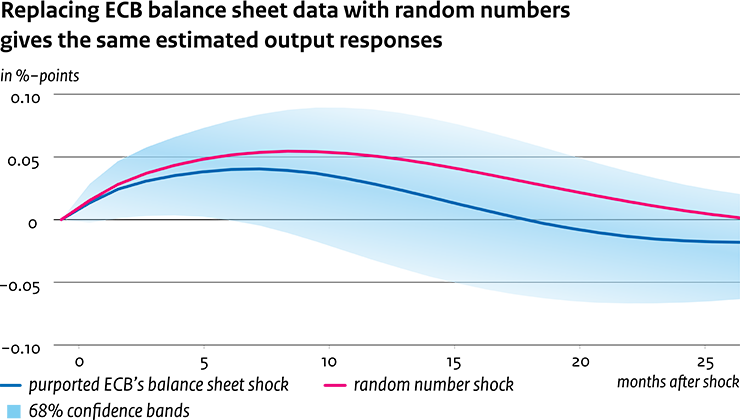Publications
Author
- Rudy Douven (10)
- Arjan Lejour (8)
- Wiljan van den Berge (8)
- Egbert Jongen (7)
- Mark Kattenberg (7)
- Peter Zwaneveld (7)
- Simon Rabaté (7)
- Adam Elbourne (6)
- Andrei Dubovik (5)
- Jan Möhlmann (5)
- Maarten van 't Riet (5)
- Minke Remmerswaal (5)
- Bas Scheer (4)
- Benedikt Vogt (4)
- Harro van Heuvelen (4)
- Jan Boone (4)
- Maria Zumbuehl (4)
- Marielle Non (4)
- Paul Verstraten (4)
- Sonny Kuijpers (4)
- Beau Soederhuizen (3)
- Bram Wouterse (3)
- Brinn Hekkelman (3)
- Gerard Verweij (3)
- Gerdien Meijerink (3)
- Henk-Wim de Boer (3)
- Joep Tijm (3)
- Jonneke Bolhaar (3)
- Kan Ji (3)
- Karen van der Wiel (3)
- Koen van Ruijven (3)
- Lu Zhang (3)
- Nicole Bosch (3)
- Rob Luginbuhl (3)
- Tijl Hendrich (3)
- Anja Deelen (2)
- Emile Cammeraat (2)
- Frits Bos (2)
- Gerbert Romijn (2)
- Harry ter Rele (2)
- Jennifer Olsen (2)
- Joep Steegmans (2)
- Joris de Wind (2)
- Jurre Thiel (2)
- Leon Bettendorf (2)
- Maaike Diepstraten (2)
- Milena Dinkova (2)
- Natasha Kalara (2)
- Pim Kastelein (2)
- Ramy El-Dardiry (2)
- Raoul van Maarseveen (2)
- Remco Mocking (2)
- Remco van Eijkel (2)
- Rik Dillingh (2)
- Rutger Teulings (2)
- Sander Gerritsen (2)
- Suzanne Vissers (2)
- Thomas van der Pol (2)
- Ali Palali (1)
- Anne-Fleur Roos (1)
- Arjan Trinks (1)
- Arjen Hussem (1)
- Arne Brouwers (1)
- Bas Straathof (1)
- Bastiaan Overvest (1)
- Ben Dahmen (1)
- Bert Kramer (1)
- Bram Hendriks (1)
- Carolijn de Kok (1)
- Casper Vedder (1)
- Céline van Essen (1)
- Clemens Fiedler (1)
- Daan Freeman (1)
- Derk Visser (1)
- Dinand Webbink (1)
- Emiel van Bezooijen (1)
- Erik van de Winkel (1)
- Fien van Solinge (1)
- Gabriella Massenz (1)
- Giulia Piccillo (1)
- Hans Koster VU (1)
- Hans Koster, VU (1)
- Henrik Zaunbrecher (1)
- Hugo Rojas-Romagosa (1)
- Ioulia Ossokina (1)
- Jennifer Buurma-Olsen (1)
- Johannes Bollen (1)
- Jort Sinninghe Damsté (1)
- Jos van Ommeren VU (1)
- Jos van Ommeren, VU (1)
- Judith Bayer (1)
- Julie Tréguier DIW (1)
- Kati Gaspar (1)
- Konstantinos Velentzas (1)
- Lily Davies (1)
- Lisette Swart (1)
- Machiel van Dijk (1)
- Marente Vlekke (1)
- Marianne Tenand (1)
- Martin Mellens (1)
- Maud Hofland (1)
- Maxime Tô IPP (1)
- Michiel Bijlsma (1)
- Nicole Loumeau (1)
- Nicoleta Ciurila (1)
- Nihal Chehber (1)
- Patrick Koot (1)
- Rinske Windig (1)
- Rob Euwals (1)
- Robert Schmitz (1)
- Roel van Elk (1)
- Ron van der Heijden (1)
- Sander Lammers (1)
- Sem Duijndam (1)
- Stefan Groot (1)
- Thijs Benschop (1)
- Thomas Michielsen (1)
- Tilbe Atav (1)
- Tobias Vervliet (1)
- Vince van Houten (1)
- Willem van der Wal (1)
- Wouter Leenders (1)
- Show all
Automatic Reaction – What Happens to Workers at Firms that Automate?
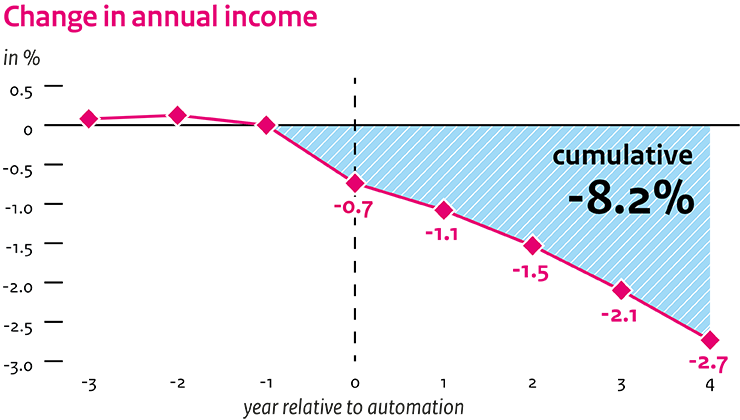
The impact of age at arrival on education and mental health
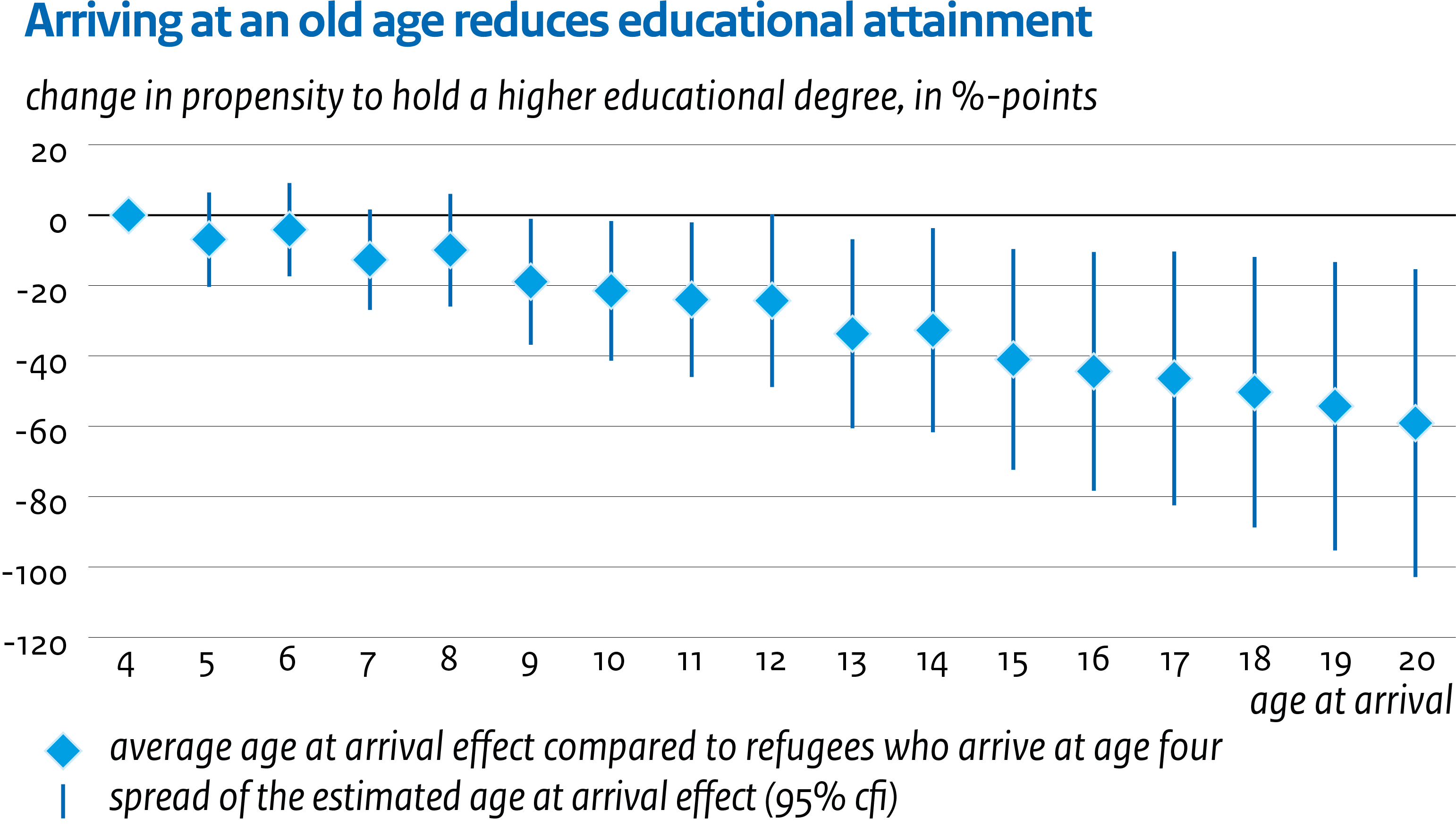
The Incidence of Pension Contributions
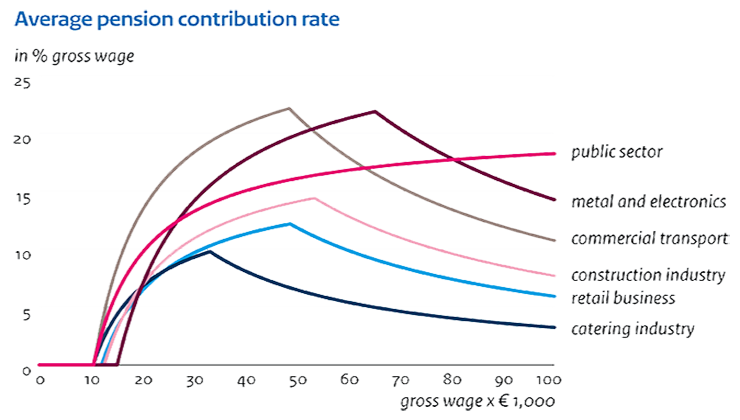
The effect of reinsuring a deductible on pharmaceutical spending: A Dutch case study on low-income people
The basic health insurance in the Netherlands includes a mandatory deductible of currently 385 euros per adult per year. Several municipalities offer a group contract for low-income people in which the deductible is reinsured, meaning that out-of-pocket spending under the deductible is covered by supplementary insurance. This study examines to what extent such reinsurance leads to higher pharmaceutical spending. →
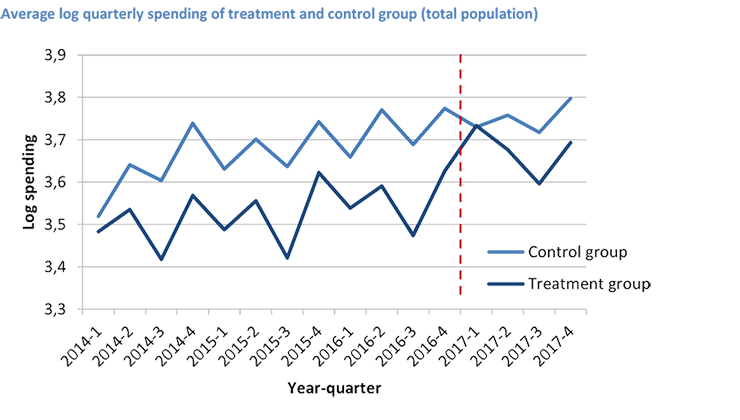
Can we measure banking sector competition robustly?

Estimating migration changes from the EU’s free movement of people principle
We estimate the impact of the free movement of people (FMP) principle on bilateral intra-EU migration stocks using a gravity model. Employing a combination of the World Bank and the UN’s global migration databases, with observations between 1960 and 2015, allows us to analyse the impact of the FMP for most EU member states. →

Causes of regional variation in Dutch healthcare expenditures: evidence from movers
We assess the relative importance of demand and supply factors as determinants of regional variation in healthcare expenditures in the Netherlands. Our empirical approach follows individuals who migrate between regions. We use individual data on annual healthcare expenditures for the entire Dutch population between the years 2006 and 2013. →

